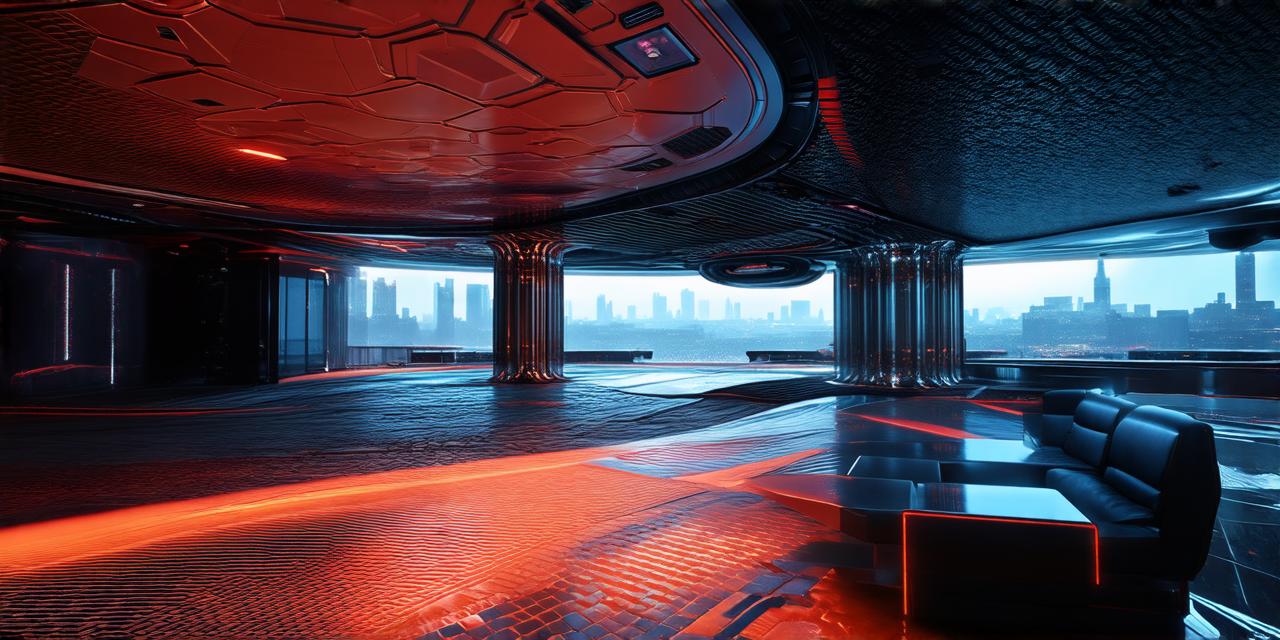Virtual Reality (VR) is quickly becoming an integral part of the architecture industry, revolutionizing the way architects and clients experience and interact with their designs.
Why VR is important in Architecture?
Virtual Reality has several advantages over traditional methods of design presentation, such as 2D drawings or models. It allows architects to create immersive experiences that can be viewed from any perspective and in real-time. This enables clients to better understand the design and make informed decisions about changes or additions. Additionally, VR can also help identify potential issues with a design before construction begins, saving time and money.
Advancements in Technology
The advancements in technology have made VR more accessible and affordable than ever before. The cost of VR equipment has decreased significantly over the past few years, making it possible for architects to purchase their own systems. Additionally, advancements in software have improved the quality and realism of virtual environments. This has made VR an attractive option for architects looking to showcase their designs in a more engaging way.
The future outlook for VR in Architecture
As technology continues to evolve, it is likely that VR will play an even bigger role in the architecture industry. One area where VR is expected to have a significant impact is in the construction phase. With VR, architects can create virtual walkthroughs of their designs and allow contractors to experience them before any physical work begins. This can help identify potential issues early on and prevent costly mistakes down the line.
Another area where VR is expected to have a big impact is in urban planning. With VR, architects can create virtual models of entire cities, allowing policymakers and community members to experience and interact with them before any physical changes are made. This can help identify potential issues with zoning or land use and allow for more informed decisions about city development.
Conclusion
Virtual Reality is already changing the way architecture is practiced and it’s likely that its impact will only continue to grow in the future. With advancements in technology, VR has become an attractive option for architects looking to showcase their designs in a more engaging way and has the potential to revolutionize the construction phase by allowing for more informed decision making. As the industry continues to evolve, it’s clear that VR will play an increasingly important role in shaping the future of architecture.
